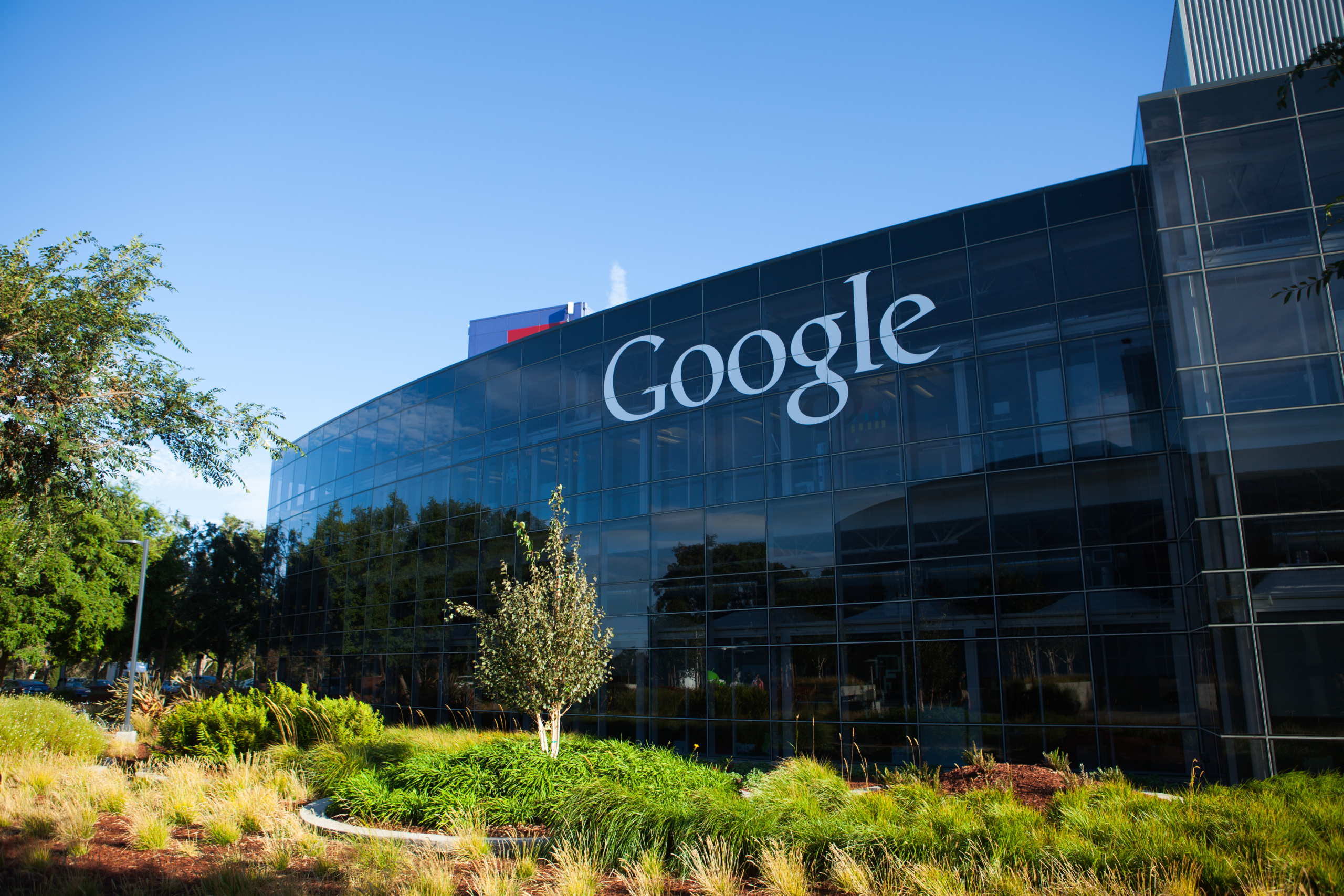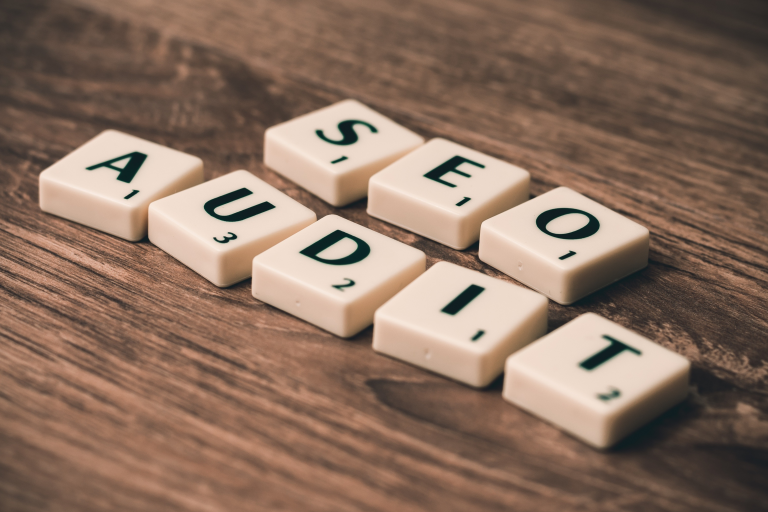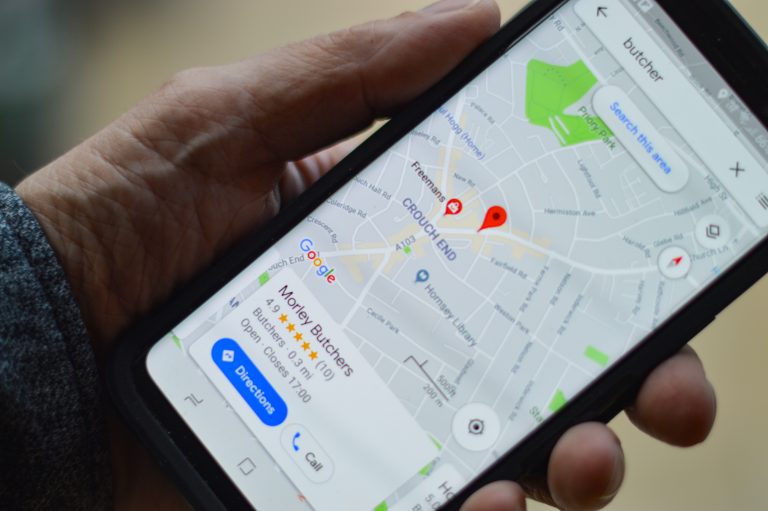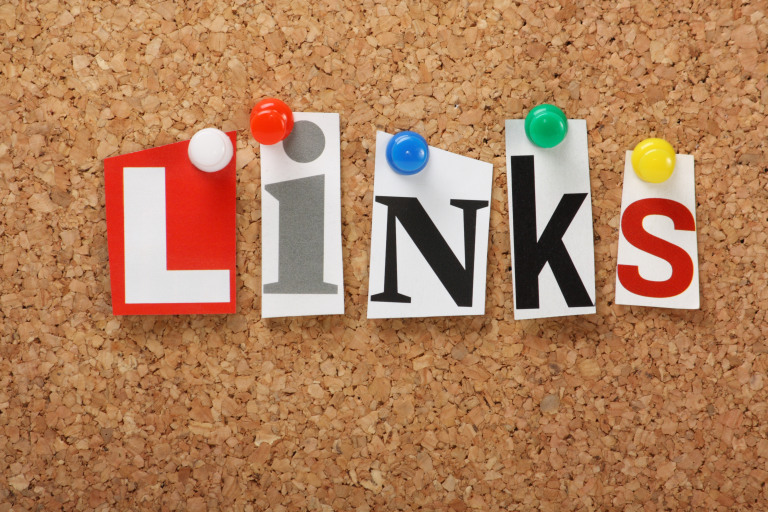Understanding Google’s Penguin Update
Did you know that Google processes some 8.5 billion searches per day? That’s more than one search for every person on this planet! In fact, a survey by Moz found that the average respondent consults Google 3.5 times per day. Most of us love Google for one main reason — because it consistently serves up high-quality content that answers our questions. And the Google Penguin update has a lot to do with it.
However, this hasn’t always been the case. Back in the bad old days, a quick Google search frequently returned one or more completely useless websites on the first page. These websites would use black hat SEO techniques to try and game the system. For example, they would insert spam links or stuff their article with keywords. For these websites, the goal was to simply drive traffic to their sites, then make money through advertising.
The fix: Google Penguin update
Needless to say, Google could not afford to have low-quality content take over its search engine results pages (SERPs). So, they introduced the Google Penguin update. In its original form, released in 2012, the Penguin algorithm targeted abusive link-building techniques.
In a nutshell, the bad techniques included link farms, purchasing links and then adding them to your site, adding spam links to other people’s sites, exchanging links with other site owners, and more.
Here’s a handy listing of spam techniques that are penalized by its algorithms.
How the Penguin algorithm works
In order to crack down on poor-quality and abusive backlinks, the Google Penguin update analyzes the backlinks on each webpage indexed by Google. Then, the algorithm assigns a value to each backlink, which is based on the overall quality of the linked website. Webpages with links that have a high score overall perform better than similar sites with low-scoring backlinks.
For purposes of Google Penguin, a high-quality link is one that has more relevance to the overall webpage. In other words, is this a link that reflects the content of an article, or is it something more artificial?
Let’s suppose that you are reading this article, and we link another article that trashes the Penguin algorithm as a completely useless piece of software that ruins black hat SEO professional’s day. While it is certainly true that Penguin was unwelcome news for that industry, it would certainly be a low-quality backlink for this article. On the other hand, our earlier link to Google’s spam policy is very high-quality because it provides related helpful information.
Penguin evolves
While Google originally introduced the Google Penguin update as a relatively crude watchdog for junk links, it’s much more sophisticated nowadays. Originally, the algorithm would only re-rank your website during regularly scheduled indexing crawls. Now, the changes happen in real-time.
Because of the potential for swift Penguin algorithm penalties, webmasters need to keep a close eye on their search engine rankings. They also need to monitor their links carefully because third parties can add junk links through comments on blogs and with other techniques. In addition, a high-quality link might acquire junk status later.
Recovering from Google Penguin update penalties
Recovering from a Penguin penalty involves getting rid of the low-quality links that are affecting your site, and may require the help of a local or national agency because of all of the steps involved. While it’s often easier to keep junk links off of your website, there are also ways to remove these links or to have them not count toward your SEO rankings. First, you can respectfully request that website owners remove their backlinks. You can also send a document, called a disavow file, to Google.
Reaching out to other website owners is a great way to build bridges when a site is legitimate but the links are low-quality. Typically, this is because the page is irrelevant to your topic. Another reason this technique can be successful is if the other website was hacked. Naturally, if the other webmaster agrees to remove the link, you should lose the Penguin algorithm penalty very quickly.
The other way to recover from a Penguin penalty is with a disavow file. Simply put, this is a list of links or domain names that you want Google to ignore all the backlinks from. Essentially, you’re telling Google that you don’t approve of those backlinks, and that you can’t get rid of them. You can send a disavow file to Google through your Search Console account, and changes should take place quickly.
An ounce of prevention
Ultimately, the best way to avoid penalties from the Google Penguin update is to be careful about what Backlinks you accept. An easy way to do this is by not allowing comments on your blog or by implementing Comment Moderation. With Moderation, you have to approve each comment before it’s posted, which allows you to carefully vet any links.
Last but not least, keep in mind that you can also get junk links through poor-quality content creation. To minimize this risk, make sure to create a holistic content strategy that is compliant with the algorithms, or hire a reputable content agency like WriterArmy if you need help. We have a team of SEO experts who know how to create quality content with carefully curated links. Then, you only need to keep your website in good shape using the techniques above.








